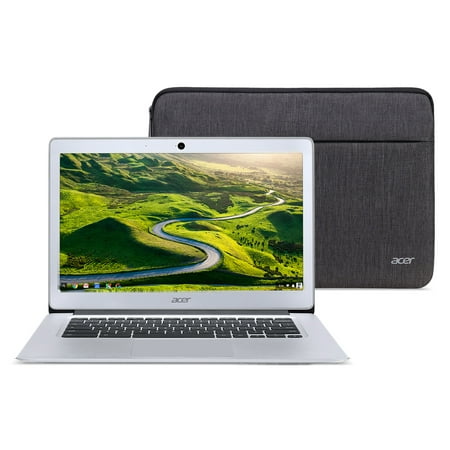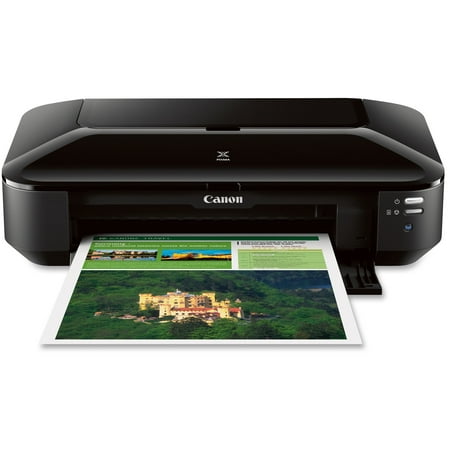Acer Chromebook 14, Intel Atom x5-E8000 Quad-Core Processor, 14″ HD, 4GB LPDDR3, 32GB eMMC, Protective Sleeve, CB3-431-12K1 (Google Classroom Ready)
Google Classroom Compatible! Chromebook is a computer for the way the modern world works, with thousands of apps, built-in virus protection and cloud backups. It is secure, fast, up-to-date, versatile and simple. Built for speed and simplicity: Starts in seconds and stays fast throughout the day. More up-time between charges: With up to 8 hours* of battery life, you can surf, work or play from anywhere. (*All Chromebooks come with at least 8 hours of battery life.) Security from the start: Automatic updates and backups offer protection and peace of mind Do more with apps: Entertainment or productivity, all your favorite apps are available in the Google Play store. Designed with you in mind: Hardware from premium manufacturers with innovative and sleek designs. Set digital ground rules with Family Link: Parents can manage their family’s apps and websites, set screen time limits, and even remotely lock devices. Discover your Chromebook here






Key Features: The Acer Chromebook 14 is a powerful rock star with its stylish 100% metal chassis and immersive HD display that delivers an epic mobile experience that’s unrivaled by other Chromebooks on the big stage. The incredibly fast wireless connection and amazing battery life give you all day to run your favorite Google apps or access your photos, videos, music and documents. Slide the Chromebook into the included protective sleeve and your ready to head out and tackle your day. 100% aluminum alloy housing. More Features:Intel Atom x5-E8000 Quad-Core Processor (Up to 2.0GHz)14″ HD ComfyView (1366×768) Widescreen LED-backlit Display4GB LPDDR3 SDRAM Memory & 32GB eMMC802.11ac WiFi featuring MIMO technology (Dual-Band 2.4GHz and 5GHz)3-Cell Li-Polymer Battery (3950 mAh), Up to 12 Hour Battery Life100% Aluminum ChassisIncludes Protective SleeveMFG Year: 2019





Reviews
There are no reviews yet.